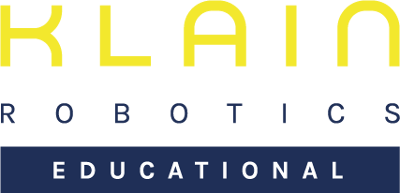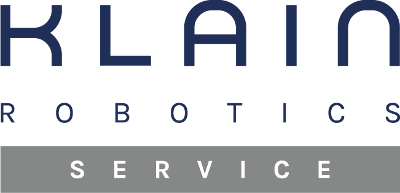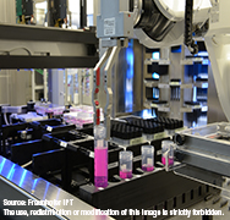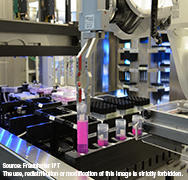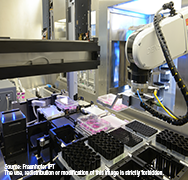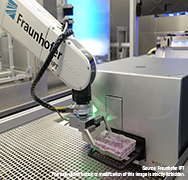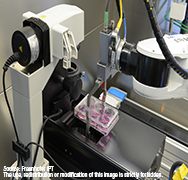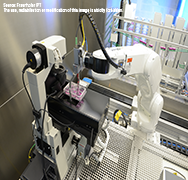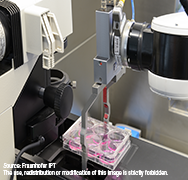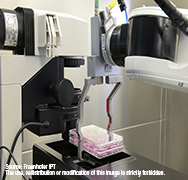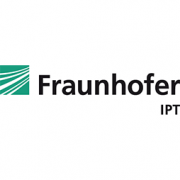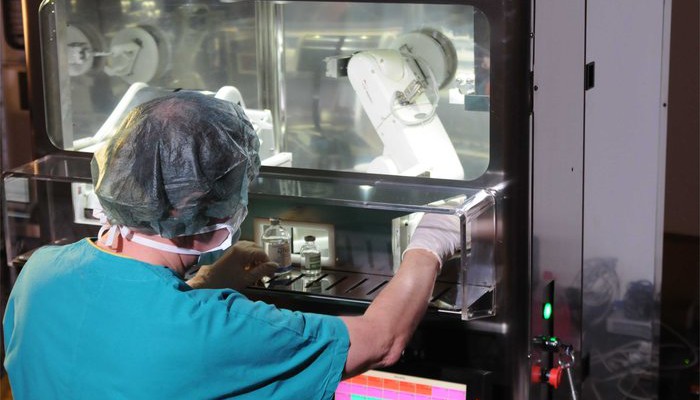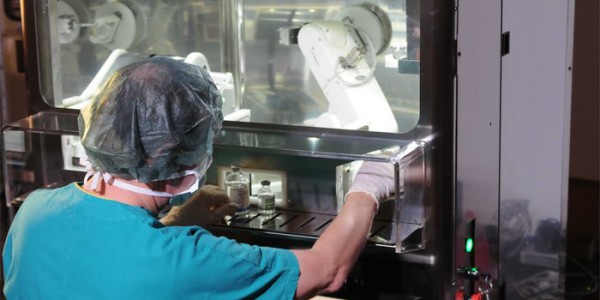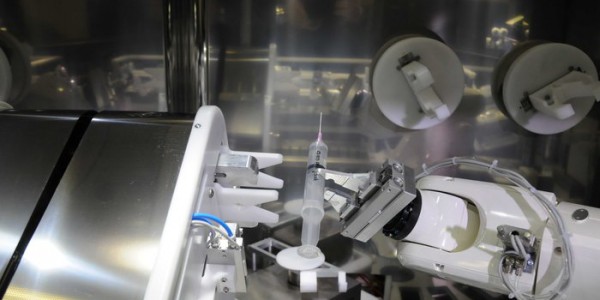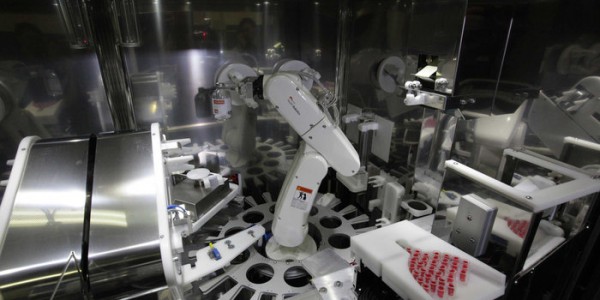Industry: Medica/Farmaceutica
Denso Robots used: VS-068A2 e VP-6242G
Company Location: Finlandia
Web site: www.NewIcon.fi
CHALLENGES
The manual retrieval of medications is a time-consuming task, requiring millions of man hours in hospitals and pharmacies each year. In Germany alone, pharmacies sell some 1.3 billion medication packages annually, or roughly 68.000 packages per pharmacy. Yet medication retrieval is also an error-prone process, for error rates as high as 15% have been reported by some studies. This is a pressing problem, because errors in filling prescriptions can endanger patient health.
To address these issues, the Finnish company NewIcon has developed automated, robot-assisted systems that make medication storage and retrieval safer, faster, and more efficient. DENSO robots lie at the heart of the solution.
THE SOLUTION
![]()
![]()
Previously, NewIcon employed linear robots in its medication retrieval systems. Since 2010, however, the company has been using DENSO robots, which offer more axes for faster storage and retrieval as well as light-weight components in a compact housing. NewIcon also opted for DENSO because DENSO´s open architecture could be flexibly integrated with its existing software and machine vision system.
NewIcon offers two interlocking systems: a storage system for sorting and registering medications, and an input system for retrieving and delivering medications that have been stored. The DENSO VP-6242G is used in most applications, although the VS-068A2 is also employed when there is a need for faster speed and longer reach. The robots are controlled through an Ethercat bus connection. Robot programming is carried out in Visual Basic and C# using WINCAPS, DENSO´s offline programming, monitoring, and simulation software.
The information for picking and delivering a package can be manually entered by staff on a PC or communicated by scanning a barcode. In both cases, the control system directs the robot to grab the appropriate package and drop it into a container, which is then forwarded to a collection tray. When sorting packages, the robot performs scanning autonomously, without human interaction.
The robot arm is equipped with vacuum pumps and special suction cups to ensure reliable grip. The PC software knows the dimensions of all packages, enabling it to specify exact coordinates for robot pick-up.
BENEFITS
![]()
![]()
Thanks to the speed and precision of the robots, both systems boast extremely high reliability and efficiency levels. Generally, a robot can identify and retrieve 240 incoming packages per hour in pharmacies and up to 450 packages per hour in hospitals (60% faster than a human). These numbers can be increased by using multiple systems simultaneously. The times for retrieval depend in part on the solution chosen by the customer; typically, a robot needs 6–8 seconds to deliver an individual package, but with the option of multi-picking, this can be reduced to 3–4 seconds per package. Using multiple systems, efficiency can be further optimized, last but not least, DENSO robots guarantee a practically zero error rate (99.9%). This is extremely important in health care, as misfilled prescriptions can endanger patient health.
The feedback from staff working with the robots has been very positive. Staff members particularly value the reliability of the system. The aesthetic appeal of the white robot components is also regularly praised.
Currently, more than 70 systems, employing more than 100 DENSO robots, are being used in hospitals and pharmacies around the world. NewIcon has been extremely satisfied with the robots as well as DENSO´s close customer support.
NewIcon is already using DENSO robots in other areas; a DENSO VS-050A3 is currently being employed as an IV ICON antibiotic compounding robot – and the company promises “there is more to come.”
